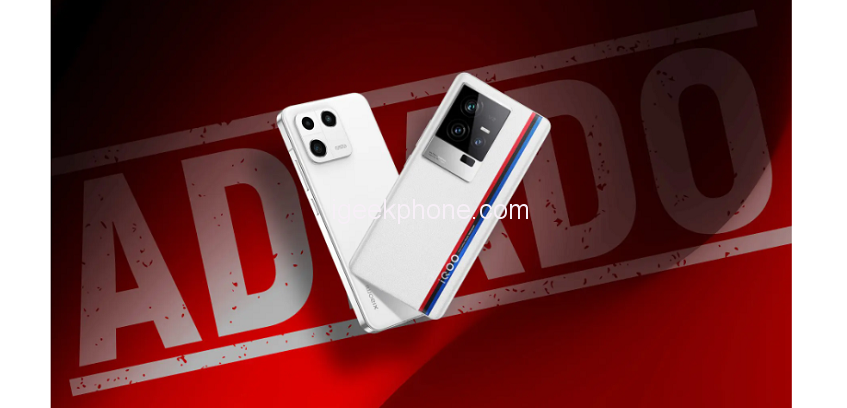After the release of Xiaomi 13, the digital circle quickly linked it with IQOO 11, because their position is too close. These two models are also equipped with Snapdragon 8 Gen 2 + LPDDR5X + UFS4.0, and both are Samsung E6 direct screens. Under the same memory specification, the price difference is only around $30.
Although the price/performance ratio is very close, if you compare the configurations of the two phones carefully, you will find that their styles are completely different, and they are aimed at different groups of people. Xiaomi 13 is more inclined to images. To put it bluntly, it can’t wait to put the word “high-end” on its face. However, IQOO 11 is more inclined to games, and its specifications are relatively simple and rough. Next, let’s analyze them one by one.
In terms of screen, IQOO 11 basically beats Xiaomi 13. It is also made of Samsung E6, but the screen of IQOO 11 supports 2K, the refresh rate is as high as 144HZ, it supports LTPO adaptation, the screen size is as high as 6.78 inches, and it supports 1440HZ high-frequency PWM dimming.
In contrast, Xiaomi 13 only supports 1080P, does not have LTPO, and still uses the DC dimming scheme, which has no advantages except that the peak brightness is slightly higher by 100 nits. I still remember that the biggest advantage of Mi 11 at the time was the 2K screen, but now the situation is completely reversed. I really don’t understand, since the Redmi K50 can support 2K, why does Xiaomi 13 use 1080P instead? Is only video considered a high-end experience?
In terms of fast charging, IQOO 11 is equipped with a 5000mAh battery and 120W wired fast charging. The 13 is equipped with a 4500mAh battery, 67W wired + 50W wireless. Obviously, the battery life and fast charging of IQOO 11 are better than those of Xiaomi 13, unless you regard wireless charging as a “symbol of high-end phones”.
If I have to choose between the two, I prefer high-speed wired fast charging + large battery. Because according to my experience, wireless fast charging is an auxiliary means, it cannot completely replace wired fast charging, and it is more suitable for fixed placement in the office or car.
In terms of cameras, Xiaomi 13 uses the IMX800 main camera, and the sensor size is slightly larger than the Samsung GN5 main camera of IQOO 11. The ultra-wide-angle lens and telephoto lens are better than IQOO 11, and with the blessing of Leica algorithm, the imaging ability must be slightly stronger.
Compared with the image advantage of Xiaomi 13, IQOO 11 focuses on the gaming experience. IQOO 11 supports dual-control pressure sensitivity under the screen and dual X-axis linear motors. The V2 chip provides game frame insertion and image quality enhancement technology, coupled with the heat dissipation advantages brought by the large-screen body, the game experience is definitely better than that of Xiaomi 13.
Body material, both phones are metal middle frame + glass, and plain leather back cover. It is worth mentioning that because of the small battery capacity of Xiaomi 13, the glass version is only 7.98mm thick and weighs 189 grams, while IQOO 11 is slightly thicker.
The last thing to note is that under each memory version, IQOO 11 is basically $30 cheaper than Xiaomi 13, except for the top configuration. To make a summary: if you pursue wireless charging, a camera, and a small screen feel, you should choose Xiaomi 13. If you pursue 120W fast charging, a good screen, and a gaming experience, you should choose IQOO 11.
Do not forget to follow us on our Facebook group and page to keep you always aware of the latest advances, News, Updates, review, and giveaway on smartphones, tablets, gadgets, and more from the technology world of the future.










